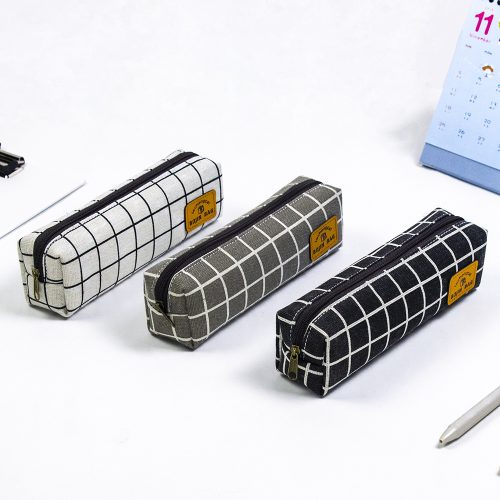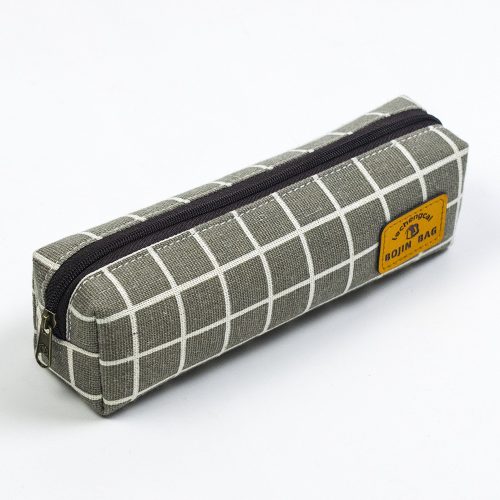Pencil sketching outdoors, with nature as your canvas, is a wonderful and immersive artistic experience. It allows you to connect with the natural world, observe its beauty, and capture it on paper using your creativity and skills. Here’s a guide on how to enjoy and excel in this artistic endeavor:
- Select Your Location: Choose a location in nature that inspires you. It could be a serene park, a bustling city square, a scenic countryside, or a tranquil beach. The choice of location will influence your subject matter and the mood of your sketches.
- Gather Your Materials: Prepare your sketching materials. You’ll need a sketchbook or loose sheets of paper, a range of pencils (from hard to soft for different shades), a good eraser, a pencil sharpener, and possibly a drawing board to provide a stable surface for sketching.
- Choose Your Subjects: Nature offers an abundance of subjects, from landscapes and seascapes to trees, flowers, animals, and people enjoying the outdoors. Decide what you want to sketch and focus on the details that captivate you.
- Capture the Essence: When sketching outdoors, it’s important to capture the essence of what you see. Don’t worry too much about making everything look perfect; instead, aim to convey the atmosphere, light, and mood of the scene. Quick, gestural sketches can be just as expressive as highly detailed ones.
- Observe Carefully: Spend time observing your surroundings before putting pencil to paper. Take note of the play of light and shadow, the colors, the textures, and the overall composition. This careful observation will inform your sketch.
- Start with a Light Outline: Begin your sketch with a light outline to establish the basic shapes and proportions. This initial sketch serves as a foundation for adding details later. Use a hard pencil (e.g., 2H or 4H) for the initial sketch to create faint lines that are easy to adjust.
- Build Layers and Values: Gradually build up your sketch by adding layers of shading and values. Use softer pencils (e.g., 2B to 6B) for darker areas and details. Pay attention to contrasts and highlights to make your sketch more dynamic.
- Experiment with Techniques: Sketching outdoors allows you to experiment with various drawing techniques. Try cross-hatching, stippling, or smudging to create different textures and effects. Use your eraser to create highlights and correct mistakes.
- Be Patient and Enjoy the Process: Nature can change rapidly, so be patient if your subject moves or the lighting shifts. Embrace imperfections and enjoy the process of sketching. Sometimes, unexpected elements can add character to your artwork.
- Document the Experience: Consider adding notes or annotations to your sketches to record your thoughts, feelings, or interesting details about the location. This can make your sketches more meaningful and serve as a personal journal of your outdoor adventures.
Sketching outdoors in nature is a rewarding and meditative practice that allows you to immerse yourself in the beauty of the natural world. It encourages you to slow down, observe, and appreciate the intricate details that often go unnoticed in our busy lives. So, grab your sketching materials, find a picturesque spot, and let nature inspire your creativity.


